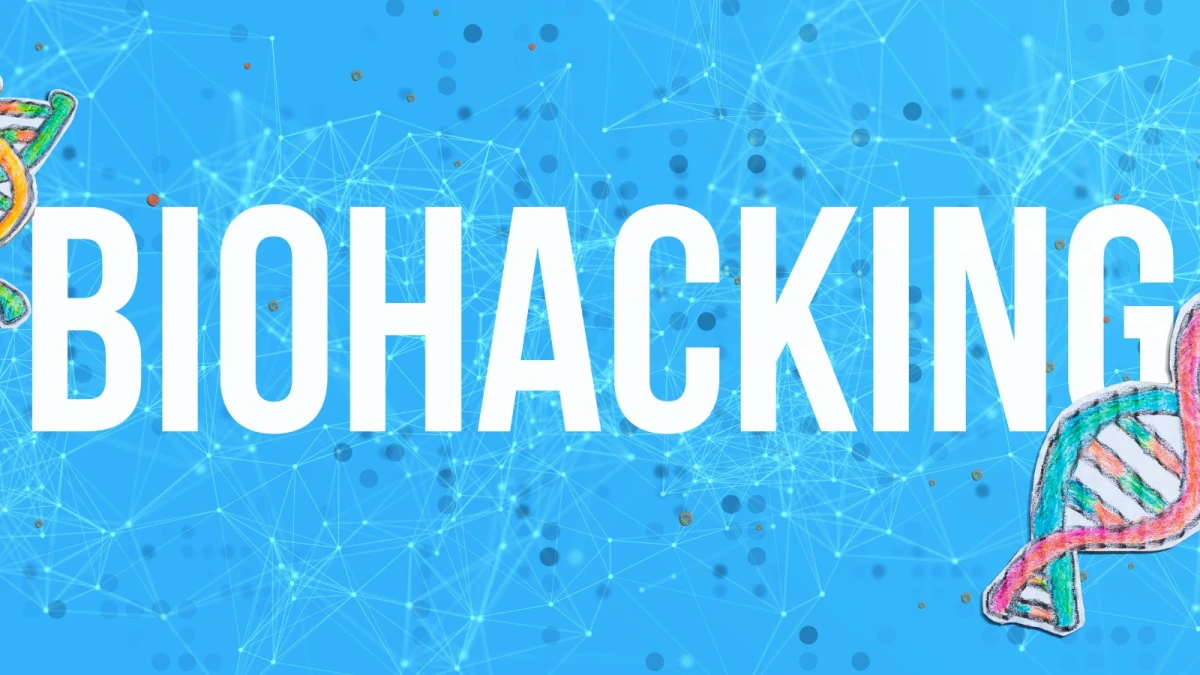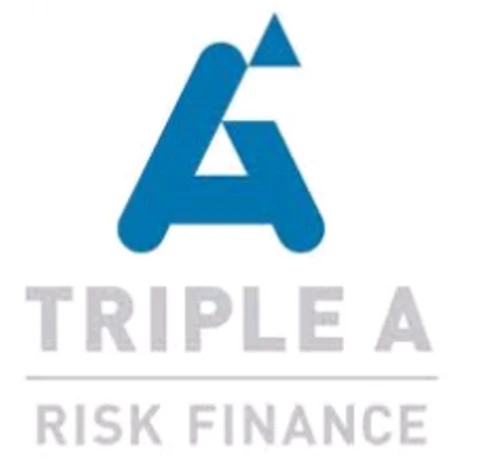
What – and why – actuaries need to know about biohacking
We continue to find flaws in existing medical science. Fortunately, there are people who don’t always believe ‘generally accepted’ wisdom and who are prepared to experiment – in their personal capacity, on their own bodies – to find the truth. Enter the biohackers.
What is biohacking?
Computer hacking was about looking for undocumented weaknesses in systems that would then allow hackers to control the computer in ways that were never intended. Then it became cool to hack your life: roll your clothes before putting them into your suitcase. Apply ice to chewing gum stuck in your hair.
Then, about 20 years ago, people started talking about ‘biohacking’, which was about finding ‘undocumented’ ways of improving your body, strengthening your mind and, ultimately, living an enhanced life.
Biohacking exploded about 10 years later with the rise of mobile phones and wearables. People began measuring all sorts of things in their lives. Total sleep, deep sleep, daily steps, frequency and severity of headaches, mood, what they ate... Yes, everything. The available technology was developing from measuring ‘activity’ (slept seven hours; meditated 20 minutes) to measuring ‘results’ (heart rate variability to quantify stress levels; headbands to measure brainwaves at home).
Thus, instead of just taking melatonin to promote sleep, a biohacker would experiment with different doses and timings of melatonin, and each morning check the sleep graphs and statistics from their wearable. Over time, they’d find their (not ‘the’) perfect melatonin regimen for sleep. Others might track other activities such as exercise, meditation, diet and supplements, while also tracking results such as the effect on weight, sleep, mood, energy levels and more.
[....]


